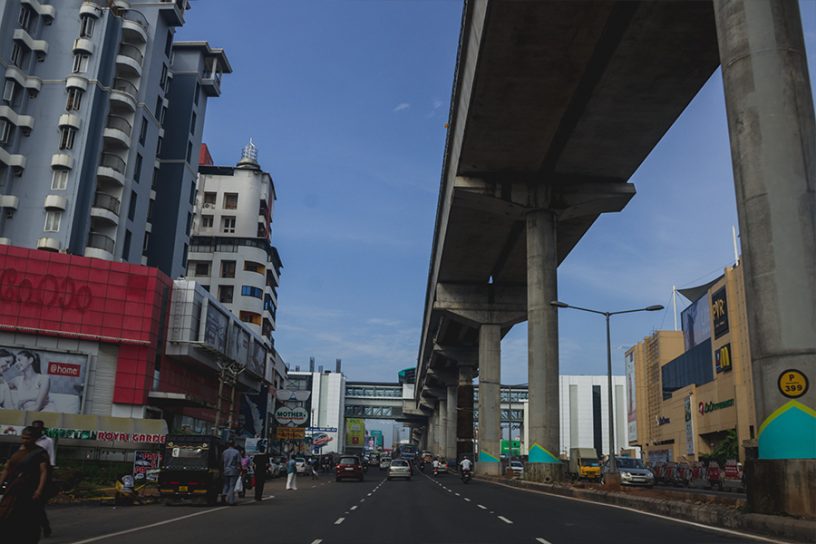
This paper is the second in a planned series of papers presenting particulate air pollution trends monitored in small cities and towns in India.
Authors
Girish Agrawal, Professor, Jindal School of Art & Architecture, O.P. Jindal Global University, Sonipat, Haryana, India.
Hifzur Rahman, O.P. Jindal Global University, Sonipat, Haryana, India.
Anirban Mondal, Ashoka University, Rajiv Gandhi Education City, Sonipat, Harayana, India.
P. Krishna Reddy, IIIT Hyderabad, Gachibowli, Hyderabad, Telangana, India.
Summary
Air pollution is a major threat to human health in India. More than three-quarters of the people in India are exposed to pollution levels higher than the limits recommended by the National Ambient Air Quality Standards in India and significantly higher than those recommended by the World Health Organization.
Despite the poor air quality, the monitoring of air pollution levels is limited even in large urban areas in India and virtually absent in small towns and rural areas.
The lack of data results in a minimal understanding of spatial and temporal patterns of air pollutants at local and regional levels. This paper is the second in a planned series of papers presenting particulate air pollution trends monitored in small cities and towns in India.
The findings presented here are important for framing state and regional level policies for addressing air pollution problems in urban areas, and achieve the sustainable development goals (SDGs) linked to public health, reduction in the adverse environmental impact of cities, and adaptation to climate change, as indicated by SDGs 3.9, 11.6 and 11.b.
Published in: Database Systems for Advanced Applications. DASFAA 2022 International Workshops: BDMS, BDQM, GDMA, IWBT, MAQTDS, and PMBD, Virtual Event, April 11–14, 2022, Proceedings
To read the full article, please click here.


